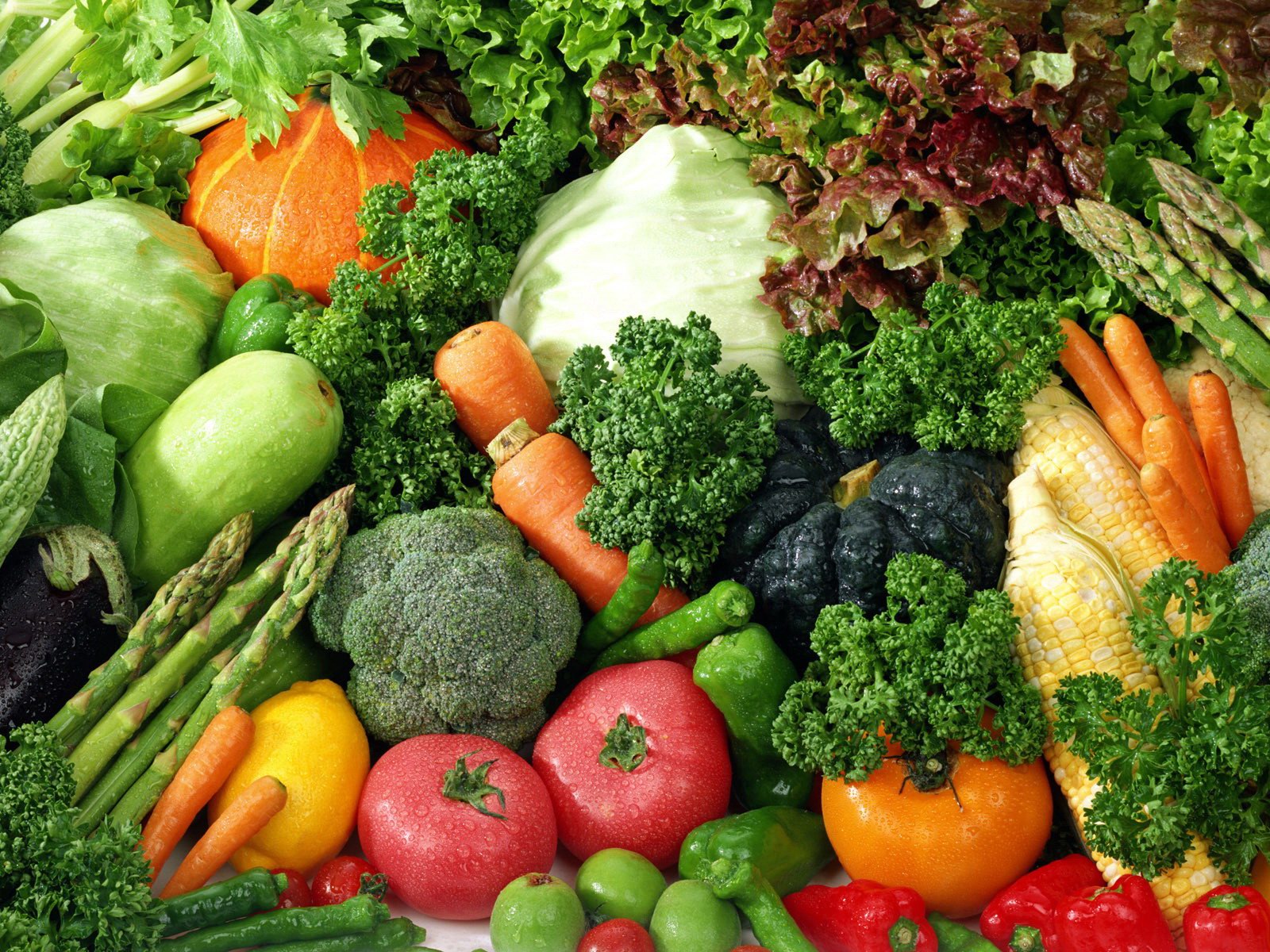The Role of Fiber
Early in the 20th century, the refinement of wheat flour became popular and for the first time in history, people in the western hemisphere, especially the United States, were eating white flour products and far fewer whole grains, beans, vegetables and fruits or other sources of dietary fiber. After only a few decades, serious medical conditions, especially cancer and heart disease, were significantly on the rise. In contrast, people in other countries that continued to eat a natural, whole foods diet, rarely experienced such serious medical problems. The bottom line: fiber is a dietary component that humans simply cannot do without.
Soluble and Insoluble Fiber: The Cast of Characters
There are two big subgroups of fiber—soluble and insoluble. Soluble fiber is found to the largest extent in oats, legumes and some fruits like apples, pears, prunes, etc. Soluble fiber dissolves in water, forming a gel that coats the intestinal walls, trapping cholesterol, for example, before it’s absorbed and enters the bloodstream, thereby lowering blood cholesterol to a degree and reducing the risk for heart disease and stroke. Soluble fibers also serve as a substrate for fermentation by colonic bacteria.
Insoluble fiber doesn’t dissolve in water, but rather it soaks water up like a sponge as it passes through the intestines, helping to prevent constipation and hemorrhoids. Insoluble fiber also binds to estrogen and other bile detoxification products, leaving less of these substances to be reabsorbed into the blood and helping to reduce the risk of various cancers. Neither soluble nor insoluble fiber is absorbed by the intestinal cells which is precisely why fiber helps to prevent undesirable compounds from being absorbed by intestinal cells and ending up in the bloodstream.
The various soluble and insoluble fibers have more specific names. There’s bran, cellulose, gum, hemicellulose, lignin, mucilage and pectin. Each specific fiber serves a specific function as a soluble and/or insoluble fiber type:
• Bran, gums and mucilages—help to regulate blood glucose, aid in lowering cholesterol and help in the removal of toxins.
• Cellulose—an indigestible carbohydrate that is found in the outer layer of fruits and vegetables, so eat the peel and savor the stems. Cellulose absorbs toxins in the intestine and is especially helpful in preventing constipation, hemorrhoids, varicose veins and colitis.
• Hemicellulose—an indigestible complex carbohydrate that also absorbs water. This fiber type is good for promoting weight loss, relieving constipation, preventing colon cancer and controlling carcinogens in the intestinal tract.
• Lignin—an insoluble, woody substance that comes from the stems and seeds of fruits and vegetables and in the bran layer of grains. Lignins help lower cholesterol and help prevent the formation of gallstones by binding with bile acids and removing cholesterol before stones can form. It’s helpful in preventing and managing diabetes and colon cancer and perhaps other cancers as well.
• Pectin—slows the intestinal absorption of food, reducing blood glucose and consequent insulin spikes. Pectin also removes metals and toxins, reduces the side effects of radiation therapy, helps lower cholesterol, and reduces the risk of heart disease and gallstones.
Insoluble Fiber Sources:
Cellulose Hemicellulose Lignin Bran
Whole grains Bran Mature vegetables Bran
Bran Whole grains Whole grains Whole grains
Vegetables Apples Fruits with edible seeds
Apples Bananas Brazil nuts
Beets Beans Carrots
Brazil nuts Beets Green beans
Broccoli Cabbage Peaches
Carrots Corn Peas
Celery Leafy greens Potatoes
Green beans Pears Strawberries
Lima beans Peppers Tomatoes
Pears
Peas
Soluble Fiber Sources:
Gums Pectin Mucilage
Oats Apples Psyllium
Guar gum Bananas Oats
Legumes Beets Okra
Barley Cabbage Slippery elm (Ulmus Fulva)
Carrots Marshmallow (Althaea Officinalis)
Citrus
Peas
Okra
Fiber Consumption Recommendations and Guidelines
• Rotate foods and fiber types.
• Avoid foods to which you have food allergies, intolerances or sensitivities.
• Recommended daily fiber intake is 30 grams—start gradually by increasing your daily fiber intake by 5 grams daily until your bowel movements are optimum for you (consult your physician/clinician for information and guidance).
• A temporary increase in intestinal gas is normal. Fennel seed will help reduce flatulence.
• An increase in dietary fiber intake may affect blood medication levels, glucose/insulin response, etc. Diabetics may need to adjust insulin levels—consult your physician regarding your medication and/or insulin dosages.
• Excessive fiber intake (via supplementation) may decrease the absorption of iron, zinc and calcium. Take supplemental fiber away from medication and other supplements.

